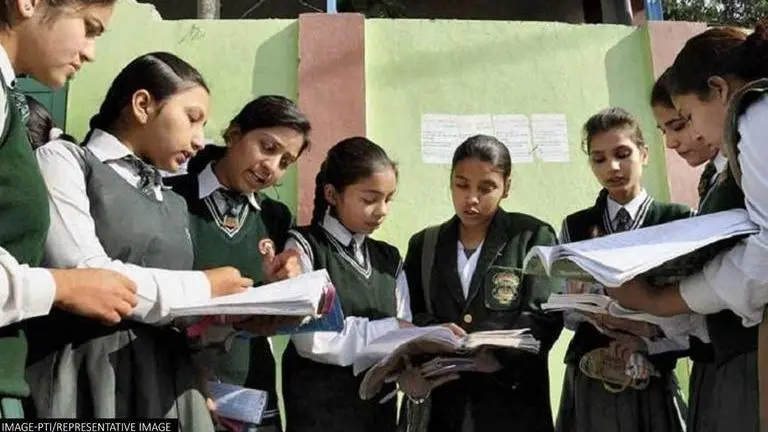Updated 25 November 2021 at 11:15 IST
India's sex ratio improves to 1020 girls to every 1000 boys, health indicators up: NHFS-5
In a massive achievement, India's sex ratio has improved in 2021 having 1020 females to evry 1000 males - clocking a female majority for the first time.
- India News
- 3 min read

In a massive achievement, India's sex ratio has improved in 2021 having 1020 females to evry 1000 males - clocking a female majority for the first time. As per the new National Family Health Survey 2019-21 (NFHS-5) released, the sex ratio in children born in the past 5 years has also increased from 919:1000 to 929:1000. The population below 15 years of age has also reduced from 28.6% to 26.5%. The reults of NFHS-5 were released by the Health ministry on Thursday.
India's sex ratio improves: Higher no. of females
Other key health indicators as NFHS-5, both women and men married below the legal age has dropped to 23.3% and 17.7% respectively. The total fertility has dropped to 2%, infant mortality has dropped to 35.2, neonatal mortality to 24.9 and under five mortality to 41.9. In terms of family planning, 66.7% are using any method of family planning up from 53.5% while the unmet need for family planning dropped to 9.4%. 6.8% women aged 15-19 years were either pregnant or already mothers at the time of the survey.
In terms of nutrition, women whose Body mass index (BMI) is below normal has dropped from 22.9% to 18.7%, while it os 16.2% in men. On the other hand, obesity in women has increased from 20.6% to 24% while it has spiked from 18.9% to 22.9% in men. However, in a downturn, anaemia has increased in all age groups irrespective of gender - women (57%), men (25%), children (67.1%). In another relief, women who use hygenic protection during menstruation has increased from 57.6% to 77.3%. Vaccination coverage among 12-23-month-old children has also increased to 76.4% (75.5% urban, 76.4) with 94.5% opting public health centres.
Key malnutrition indicators have also gone down - 35.5% children under 5 are stunted, 19.3% children under 5 wasted. 7.7% children under 5 are severely wasted, 32.1% underweight and 3.4% children overweight. 9.6% children aged 6-23 months recieve adequate diet.
In terms of social welfare schemes, the second Modi govt has fared better with 96.8% households connected with electricity. Similarly, 95.9% households have been provided with better drinking water facilities and 70.2% (81.5% urban, 64.9% rural) has better sanitation facilities - up from 48.5%. Another plus is that 58.6% houses use clean cooking fuel (89.7%urban, 43.2%) - an indication of Centre's Ujwala Scheme. PM Modi's Ayushman Bharat also seemed to be showing results as 41% citizens are covered under some health insurance, up from 28.7%. Moreover, women who have bank accounts which they use has increased from 53% to 78.6% while women with mobile phones has increased from 45.9% to 54%.
Advertisement
Published By : Suchitra Karthikeyan
Published On: 25 November 2021 at 11:15 IST

